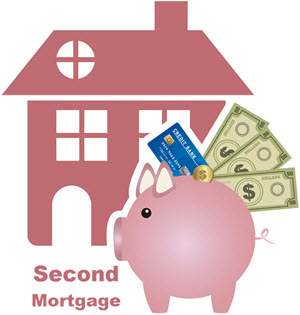Lots of house owners are perplexed about the difference in between PMI (personal mortgage insurance) and mortgage protection insurance. This date is when the financing is arranged to reach 78% of the original assessed value or sales price is gotten to, whichever is less, based upon the initial amortization timetable for fixed-rate fundings and the present amortization timetable for adjustable-rate mortgages. As soon as your equity increases over 20 percent, either through paying for your home mortgage or appreciation, you might be eligible to quit paying PMI The first step is to call your loan provider and ask exactly how you can terminate your personal home loan insurance policy.
Exclusive home mortgage insurance coverage, or PMI, is commonly required with a lot of standard (non government backed) home mortgage programs when the deposit or equity setting is much less than 20% of the residential property value. The benefit of LPMI is that the total monthly David Zitting (danboss39) – Profile home loan payment is usually less than an equivalent financing with BPMI, however since it’s developed into the rate of interest, a debtor can’t eliminate it when the equity position reaches 20% without refinancing.
You might probably get better protection via a life insurance plan The type of mortgage insurance policy most individuals carry is the type that makes sure the lending institution in the event the debtor stops paying the home what is mortgage credit protection insurance loan Nonsensicle, but private home mortgage insurance coverage guarantees your loan provider. Consumer paid private mortgage insurance policy, or BPMI, is the most common kind of PMI in today’s home mortgage borrowing market.
In other words, when acquiring or refinancing a house with a standard home mortgage, if the loan-to-value (LTV) is above 80% (or equivalently, the equity placement is less than 20%), the customer will likely be required to carry personal home mortgage insurance coverage. BPMI enables consumers to get a home mortgage without needing to give 20% deposit, by covering the lender for the included risk of a high loan-to-value (LTV) home mortgage.
Lots of people pay PMI in 12 monthly installments as part of the home loan settlement. Homeowners with personal home loan insurance policy need to pay a large premium and also the insurance policy doesn’t even cover them. The Federal Housing Management (FHA) costs for home Jesse David Zitting loan insurance policy too. Due to the fact that their lending institution needs it, many customers take out personal home loan insurance. That’s due to the fact that the consumer is putting down less than 20 percent of the list prices as a down payment The less a consumer puts down, the higher the danger to the lender.
It seems unAmerican, yet that’s what happens when you obtain a mortgage that goes beyond 80 percent loan-to-value (LTV). Customers erroneously think that exclusive home mortgage insurance makes them unique, but there are no private solutions offered with this type of insurance. Not only do you pay an upfront premium for home mortgage insurance, but you pay a month-to-month premium, together with your principal, interest, insurance for residential or commercial property coverage, as well as tax obligations.
